Health Provider Hospital
Provider
Receive the support you need to distribute
quality & equal healthcare
Health Provider Hospital
Provider
Receive the support you need to distribute
quality & equal healthcare


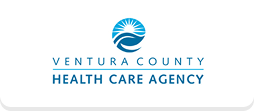

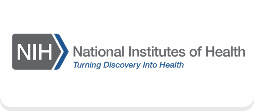
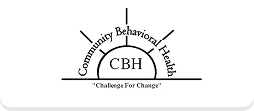


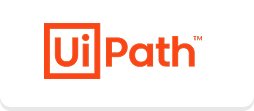

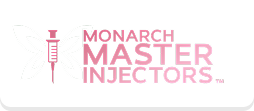

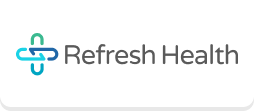
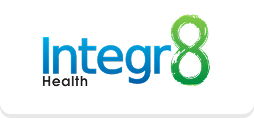
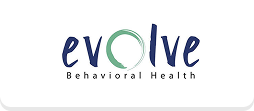

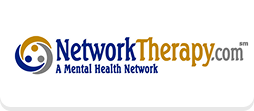

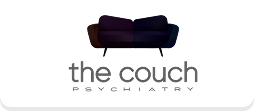
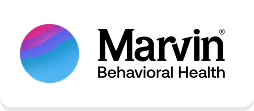

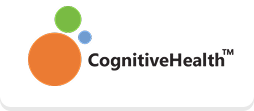






















Virtual healthcare
Digitize your practice care delivery, and workflow and furnish a quality patient experience with our virtual healthcare solutions. Our ready-to-use virtual care platforms and services.
- Remote patient monitoring
- Telehealth
- Activity tracking
- Chronic Care Management.


Connected interoperability
Health data sharing is made possible with any system regardless of EHR. CapMinds interoperability solutions ensure accurate care coordination & data flow using nationwide exchanges including:
- Health Information Exchange (HIE)
- CommonWell Health Alliance®
- Carequality
- Clinical Decision Support.
We’ve successfully implemented different solution in the past. Check out our case studies
See how healthcare organizations like yours achieved remarkable results with our solution.

End-to-End RCM Automation for UiPath Using a Custom EMR
- 100% automation of standard RCM processes
- 50% faster claim turnaround
- Zero errors in claim formatting and submission

Westside Behavioral Care with a Custom EMR Platform
- Centralized EMR with consolidated patient data.
- 100% paperless onboarding process
- 90% automation in scheduling and documentation

UDS Reporting for Ventura County Health Care Agency (VCHCA)
- Automated processing of 100,000+ records
- FHIR validation and HRSA mock submission in 10 weeks
- 100% HRSA compliance
- We deliver actual care experiences
- Satisfy consumers’ demands on time
- Derive potential from automation
- Perfect workflow automation
- Streamline Computerized Provider Order Entry (CPOE)
- Automate disease screening
Improving clinical operations with CapMinds Health-tech solutions
A top US-based behavioural health clinic providing substance abuse and mental health counselling for more than 2200 adults, adolescents, and children. Implementing an EHR, healthcare practice management, and billing solution was their major challenges.
0 +
0 %
0 x

Revenue cycle management
We make RCM effortless using automation. Increase your practice cash flow and billing & coding efficiency. We offer the industry’s leading RCM solutions for;
- Healthcare practices
- Medical groups
- Independent practices
- Clinical laboratories
- Specialty-specific practices.
Awards & Certification
CapMinds is globally recognized for excellence in Healthcare IT security, regulatory compliance, responsive support, and service quality. Trusted by leading healthcare organizations, we uphold the highest standards to safeguard patient data, ensure uninterrupted operations & deliver solutions you can rely on.
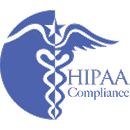


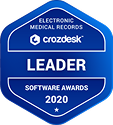
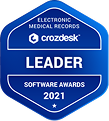


What is provider and payor in healthcare?
Healthcare providers are the people and organizations that deliver healthcare services to patients. This includes a wide range of professionals, such as physicians, nurses, dentists, pharmacists, therapists, and other allied health professionals.
Payors are the organizations that pay for healthcare services. This can be a government program, such as Medicare or Medicaid, or a private health insurance company.
What are the different types of healthcare providers?
Healthcare providers include primary care physicians, specialists, nurses, physician assistants, nurse practitioners, dentists, optometrists, pharmacists, and allied health professionals.
How can I find a healthcare provider in my area?
Use online resources, such as Healthgrades, Zocdoc, and Vitals, to search for providers by specialty, location, insurance coverage, and patient reviews.
What is meant by primary care providers?
A primary care provider (PCP) is a healthcare professional who provides preventive, diagnostic, and treatment services for a variety of common medical conditions.
PCPs are often the first point of contact for patients who are seeking medical care, and they play an important role in coordinating and managing patients’ overall health.


